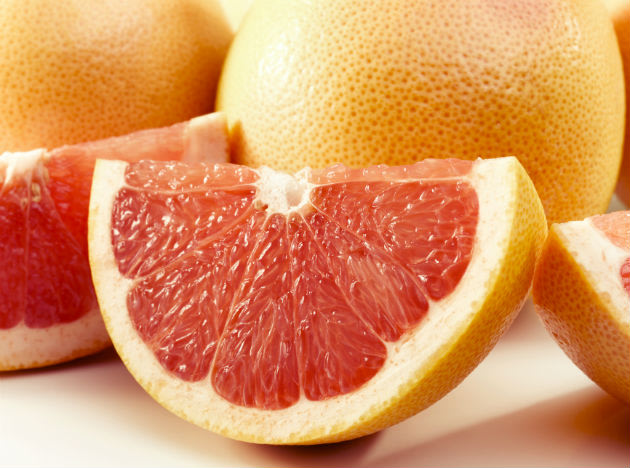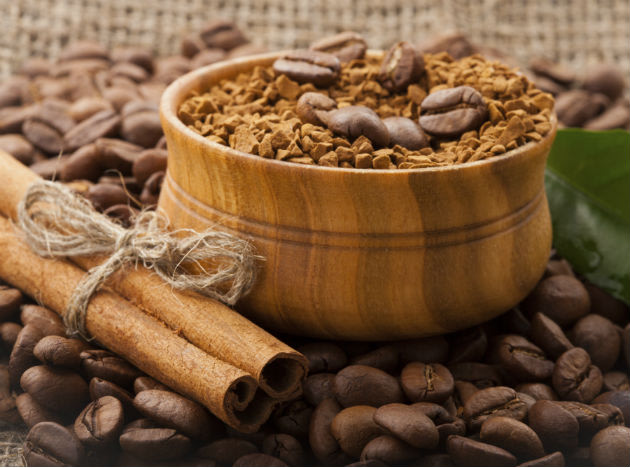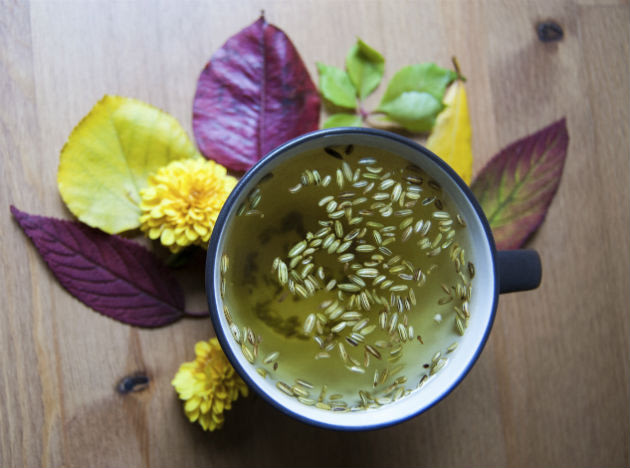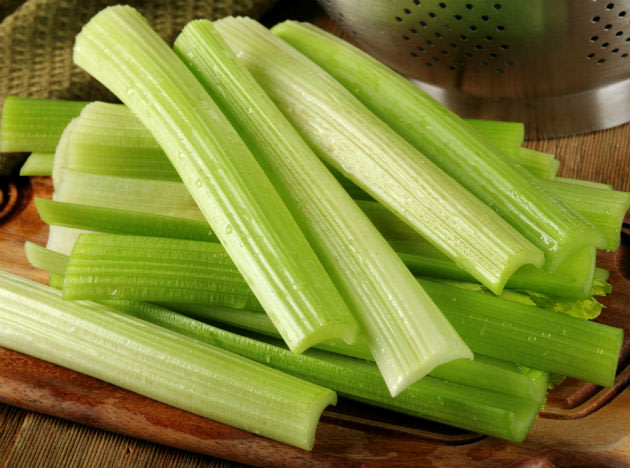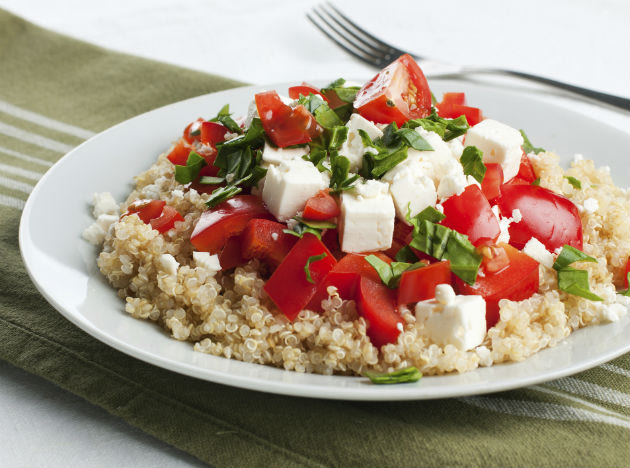Ever felt your heart skipping a beat? A missing beat by itself
might not be significant but if you notice other symptoms
like fatigue, weakness, fainting spells, and an inability to
cope with the normal routine then you need to see your
cardiologist for a complete assessment of your heart’s
functions.
A lady in her sixties, an active woman who could multi-task
with ease. But episodes of irregular heartbeats was taking
an toll of her life. Her cardiologist put her on a holter, which
records one’s ECG for 24 hours during normal activity and
the pulse as well. To her horror, the doctor told her that she
needed a pacemaker. Apart from irregular heartbeats, she
also bradycardia (slow heartbeat), which could be
dangerous, with her pulse dipping to 35 at night when she
was asleep. She was traumatised and terrified but felt better
after her doctor explained what was happening.
When the heart’s two upper chambers, the atria, contract,
blood is pumped into the two lower chambers, the ventricles.
The ventricles then contract and pump blood to the rest of
the body. The combined contraction of the atria and
ventricles is a heartbeat. The heart has its own internal
electrical system to control the rate and rhythm of
heartbeats. With each heartbeat, an electrical signal spreads
from the top of the heart to the bottom.
Each electrical signal normally begins in a group of cells
called the sinus node or sinoatrial (SA) node. As the signal
spreads from the top of the heart to the bottom, it
coordinates the timing of heart cell activity. Faulty electrical
signal in the heart causes arrhythmias.
Pacemakers use low-energy electrical pulses to overcome
this faulty electrical signalling.
A pacemaker is a small device that is placed in the chest or
abdomen to help control abnormal heart rhythms. This
device uses electrical pulses to prompt the heart to beat at a
normal rate. Pacemakers are used to treat arrhythmias. A
fast heartbeat is called tachycardia A slow heartbeat is
called bradycardia. During an arrhythmia, the heart may
not be able to pump enough blood to the body. This can
cause symptoms such as fatigue (tiredness), shortness of
breath, or fainting. Severe arrhythmias can damage the
body's vital organs and may even cause loss of
consciousness or death.
Pacemakers can be temporary or permanent. Temporary
pacemakers are used to treat short-term heart problems,
such as a slow heartbeat that is caused by heart attacks,
surgery or an overdose of medicine. They are also used
during emergencies. They might be used until your doctor
can implant a permanent pacemaker or until the temporary
condition goes away.
When is a pacemaker recommended? “Due to an atrio-
ventricular block the heart rate may be low or absent
resulting in momentary block or loss of consciousness,
occasionally even seizures. Then pacemaker implantation is
mandatory. A pacemaker is also useful when the pumping
efficacy of heart is low,” says a Dr.
Ageing or heart disease damages your sinus node’s ability to
set the correct pace for your heartbeat. This can cause
slower than normal heartbeats or long pauses between
heartbeats. This condition is called sick sinus syndrome and
also warrants implantation of a pacemaker.
What precautions are advised post-surgery?
“Since we keep our patients for a week following the
procedure, we make sure the wound is healing well, and
dressed regularly,” says the Dr. “The patient is advised not
to shower for the first two or three days, and not lift the arm
above the head or carry even small weights, or stretch the
arm for about six weeks. After a month, if there is any
discomfort it should be reported.”
Regular check ups once in 4-6 months are advised. The
patient is advised to get into mainstream activity gradually
like travelling, driving the car, swimming, resuming the job,
golfing, and walking which will make you return to normal.
Even sex is not barred. But there are some things to be
avoided like entering an electromagnetic field. One should
keep away from transformers, electric arc welding
equipment and airport screening devices. The pacemaker
identification card helps. MRIs are definitely to be avoided.
“Generally, we tell patients to avoid induction cooking, but
the risks I believe are fairly small,” says Dr. , “but you can
check with the manufacturer of the device.”
“You should use the mobile phone on the opposite ear, and at
least six inches away from the implant,” says the Dr.
“Other household appliances like microwave oven, electrical
appliances, computers can be safely used.”
Pacemakers do improve the quality of life and the implant is
a small procedure, but check with the doctor before taking
any decision.
What does a pacemaker do?
Relieves arrhythmia symptoms, such as fatigue and
fainting
Helps a person with abnormal heart rhythms
resume a more active lifestyle
.
Monitors and records heart's electrical activity and
rhythm
.
Newer pacemakers also monitor blood temperature, breathing rate, and other factors and also adjust heart rate to changes in activity.
ps- this is only for information, always consult you physician before having any particular food/ medication/exercise/other remedies.
ps- those interested in recipes are free to view my blog-
http://gseasyrecipes.blogspot.com/
for info about knee replacement, you can view my blog-
http://Knee replacement-stick club.blogspot.com/
for crochet designs
http://My Crochet Creations.blogspot.com/
I've not given details about designs, but those interested are free to mail me for the same.
